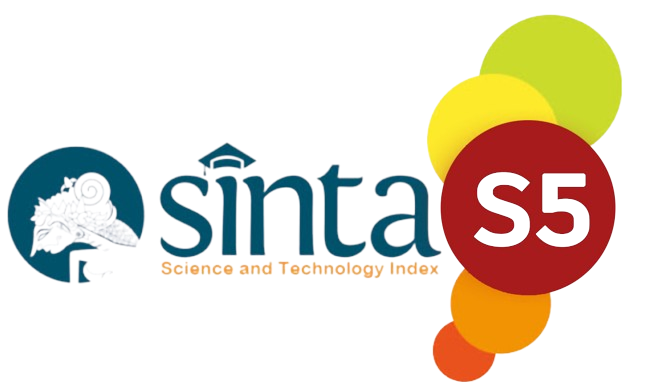Analysis of General Chemistry Teaching and Learning Resources: Department of Agro-technology University of Medan Area
(1) STIKOM Tunas Bangsa
(2) UIN Syekh Ali Hasan Ahmad Addary Padangsidimpuan
(*) Corresponding Author
Abstract
This study aims to describe how the teaching materials related to chemical in the curriculum of the Department of Agro-technology Medan Area University. For the purpose of observation, interviews and giving questionnaires to various stakeholders in the Department of Agro-technology University Medan Area. Results obtained in the form of retribution subjects related to chemistry as much as 7 subjects with a weight of 20 credits or as much as 13.8 % of the total of 145 credits. Those subjects are General Chemistry, Biochemistry Agriculture, Basic Soil Science, Soil Fertility and Fertilizer, Seed Technology, Post-Harvest Technology and Advanced Plantation Crops.
Keywords
Full Text:
PDFReferences
Assegaf, S. (2022). Pengertian Umum Pada Agroteknologi. Ruang ArtikelPertanian. 1 (1). Retrieved from http://ruang-artikel.com/index.php/pertanian/article/view/10
Agroteknologi Universitas Medan Area, (2022), Retrieved from https://agroteknologi.uma.ac.id/kurikulum/.
Kamus Besar Bahasa Indonesia, (2022), Retrieved from (https://kbbi.kemdikbud.go.id/, 2022)
Mellyzar, Ainun dan Mardhiah, (2012), Analisis dan Pengembangan Materi Ajar Kimia Pada Jurusan Analis Kesehatan Politeknik Kesehatan Medan, Retrieved from http://unimed.ac.id/.
Salasanto, dan Mulyadi, (2013), Agroteknologi dan Prospek Kerjanya, Retrieved from https://maulzxxx.wordpress.com
Sariagustina, Wahyuni, (2011), Analisis Materi Ajar dan Pembelajaran Mata Kuliah Kimia Umum Jurusan Pendidikan Fisika FKIP Universitas HKBP Nommensen Pematang Siantar dengan Permasalahannya pada Tahun Ajaran 2010/2011, Retrieved from http://agustinasariwahyunigmailcom.blogspot.com/,
DOI: https://doi.org/10.24952/lavoisier.v1i2.6732
Refbacks
- There are currently no refbacks.
Copyright (c) 2022 Fitri Anggraini, Silvia Elastari Matondang

This work is licensed under a Creative Commons Attribution-ShareAlike 4.0 International License.







Lavoisier:Chemistry Education Journal is licensed under a Creative Commons Attribution-ShareAlike 4.0 International License. Copyright © 2022 Lavoisier: Chemistry Education Journal.All rights reserved.


